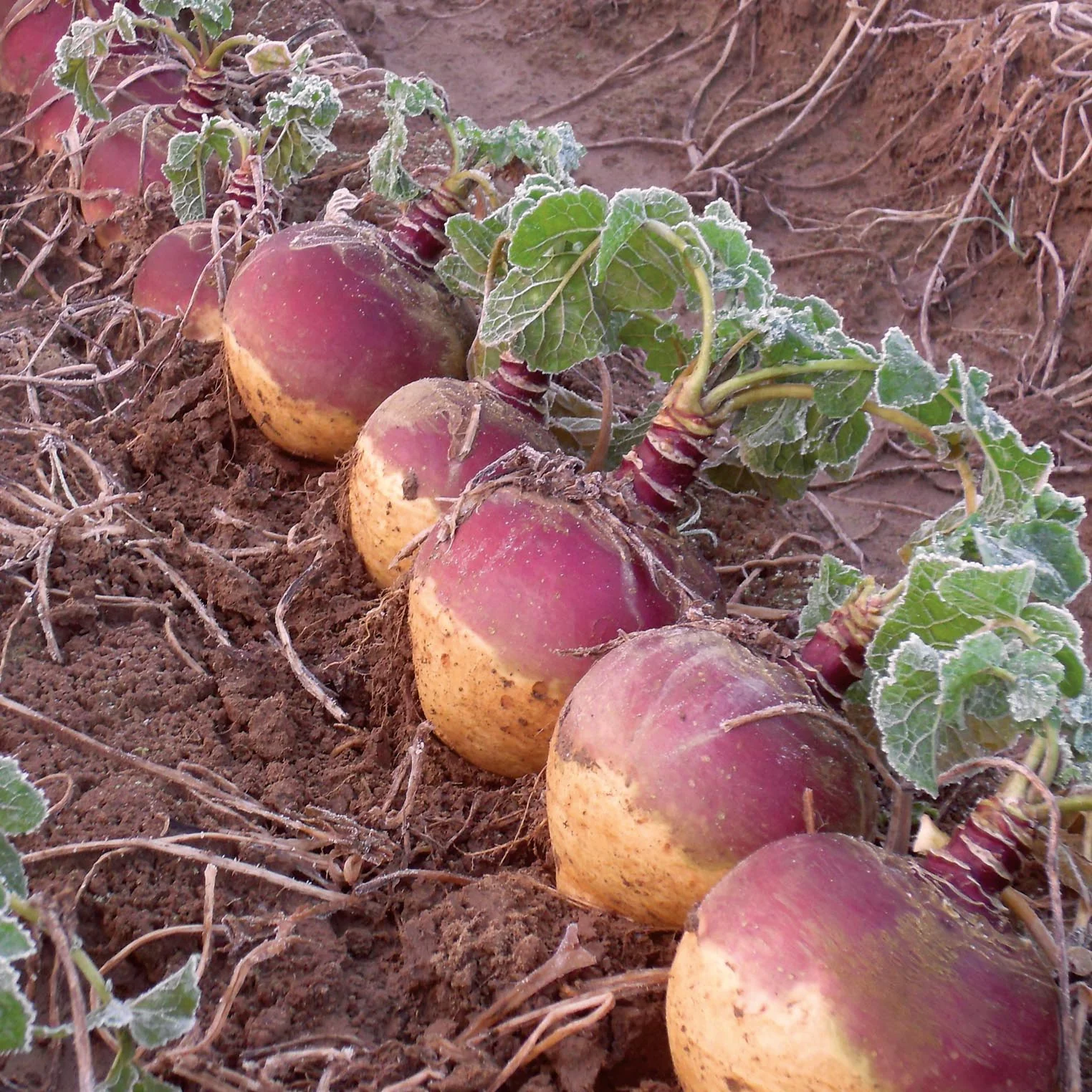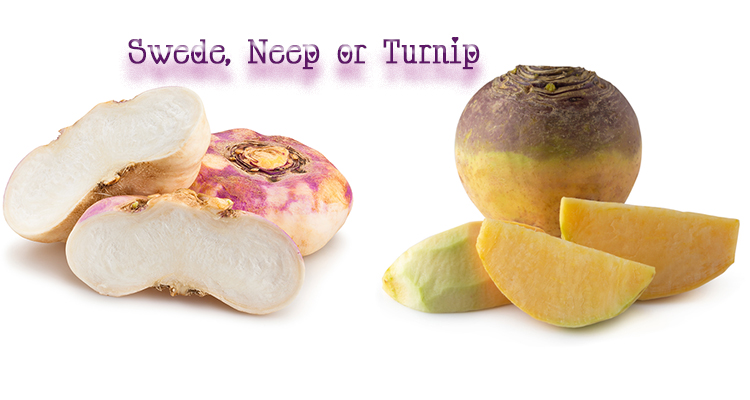Overview
The debate over the use of the terms swede, turnip, and neep is a fascinating one, particularly in Scotland where these names are often used interchangeably. Despite the confusion, each name refers to distinct root vegetables with unique characteristics.
Understanding these differences is key to appreciating the rich culinary and cultural heritage they represent, especially during traditional events like Burns Night.
Distinguishing Features
Swedes, also known as rutabagas in the United States, are significantly larger and have a yellow or orange flesh, which can become darker when cooked for longer periods. They are robust and thrive in cold weather conditions, making them ideal for the Scottish climate.
Their lower maintenance requirements and resilience to frost have made them a popular choice among farmers in the region. On the other hand, white turnips are smaller, rounder, and possess a crisp white flesh. They grow rapidly, usually ready in 6-8 weeks, but require more care, and must be harvested before severe frosts.
Cultural Significance
In Scottish cuisine, swedes and turnips have historically held different roles. Swedes have been more accessible due to their robust growth in local climates, often consumed during cold seasons.
They are commonly served alongside haggis and mashed potatoes (tatties) in the traditional Burns Night supper, marking an essential part of this cultural festivity. The term “neeps” in this context typically refers to mashed swede, though confusion frequently arises as the terms are used interchangeably in different regions.
Table: Turnip vs. Swede
| Feature | White Turnips | Swedes (Neeps/Rutabaga) |
|---|---|---|
| Size | Smaller, round | Larger, elongated |
| Flesh Color | White when raw | Yellow or orange, becomes darker with longer cooking |
| Growth Cycle | Rapid, 6-8 weeks, high maintenance | Slow, thrives in cold weather, low maintenance |
| Tolerance | Sensitive to frost, requires early harvesting | Frost-tolerant, enhanced flavor after first frost |
| Popularity | Historically viewed as a ‘posh’ vegetable | Widely used due to high yield and low growth demands |
Growing Difficulties and Preferences
Growing conditions further illustrate the differences between these root crops. Swedes are particularly favored for their ability to withstand cold temperatures and frosty weather, thriving even after the first frost, which enhances their flavor.
Conversely, white turnips require careful scheduling to avoid the detrimental effects of frost. The demand for specific nutrients and maintenance makes them less popular among growers compared to swedes.
The historical perspective on these vegetables in Scotland reveals their significance beyond just nutrition. For instance, swedes were staples in Scottish households, often available in abundance at local markets. White turnips, although less common, were a luxury, particularly in poorer weather conditions when they had to be imported.
Consumer Perception
Culturally, the perception of these vegetables has evolved. There remains a distinct appreciation for swedes, particularly among older generations who remember the availability and versatility of these vegetables in traditional Scottish recipes. However, younger generations may view the terminology and differences as nuanced and somewhat esoteric.
This interchangeability of terms like neep, swede, and turnip is less prevalent outside of Scotland. For instance, in America, the term rutabaga is widely used to describe what Scots often call swede. This cross-cultural difference underscores the challenges in understanding and appreciating these root vegetables from a global perspective.
Conclusion
In the end, the discussion over swede, turnip, and neep names and uses in Scotland is more than just a matter of botanical classification. It’s a reflection of local history, agricultural practices, and traditions. The debate, though complex, enriches the cultural tapestry of the region, allowing for diverse culinary experiences and a deep connection to the land. The next time one is confronted with a “neep” or “swede,” perhaps the complexity of its identity adds to its charm on the plate.
Frequently Asked Questions
What distinguishes the taste of swedes from turnips?
Swedes have a sweeter and milder taste compared to turnips. When cooked, swedes develop a creamy texture, whereas turnips can be slightly peppery with a softer texture after cooking. Raw swedes are firm, while turnips are crisp.
How do swedes and turnips differ in nutritional content?
Swedes and turnips both offer dietary fiber, vitamin C, and other essential nutrients. Swedes tend to be higher in carbohydrates due to their natural sweetness. Turnips are lower in calories and have a higher vitamin C content. Both vegetables are low in fat and provide antioxidant benefits.
Is there a regional preference for naming swedes as neeps or turnips?
In Scotland, swedes are often referred to as “neeps,” especially when served with haggis during Burns Night celebrations. In other regions, including parts of the UK and North America, the terminology can vary. For example, swede is commonly known as rutabaga in North America.
Can swede be used as a substitute for turnip in recipes?
Swede can be used as a substitute for turnip in many recipes, though it is important to consider the flavor profile. Due to its sweetness, swede may alter the taste of dishes that traditionally use turnips. However, swedes provide a similar texture, making them a viable alternative in soups and stews.
What are the visual differences between swedes and turnips?
Swedes are typically larger with a rougher, thicker skin that often has purple and yellow hues. Turnips are smaller, with smoother skin that is white with a purple top. These visual differences can help in distinguishing these root vegetables in the market.
How are neeps, swedes, and turnips used in traditional cuisines?
In traditional Scottish cuisine, neeps are served alongside potatoes and haggis. Swedes and turnips are both used in various soups and stews across Europe. They can also be roasted or mashed, providing a versatile side dish to complement a variety of meals.















